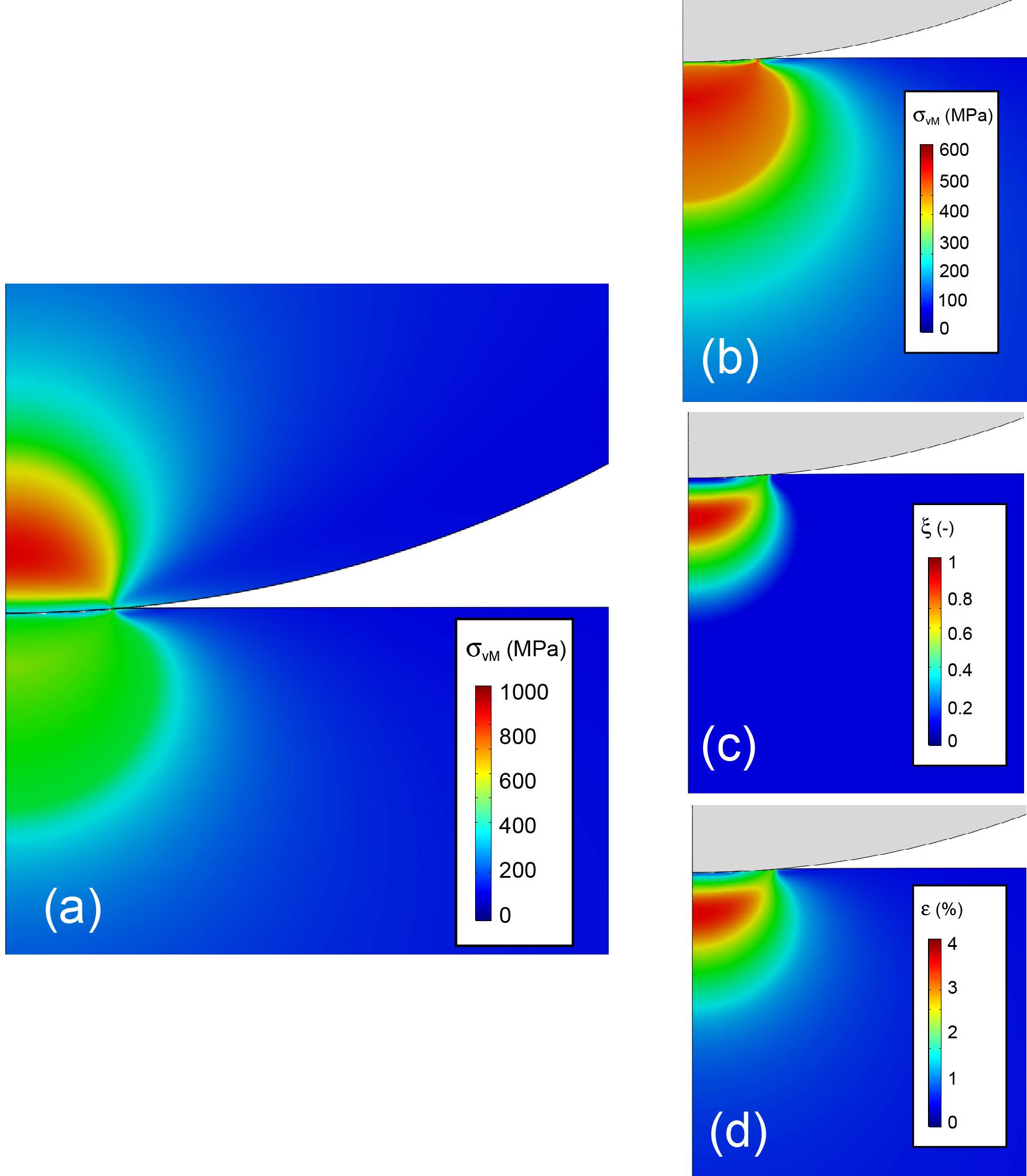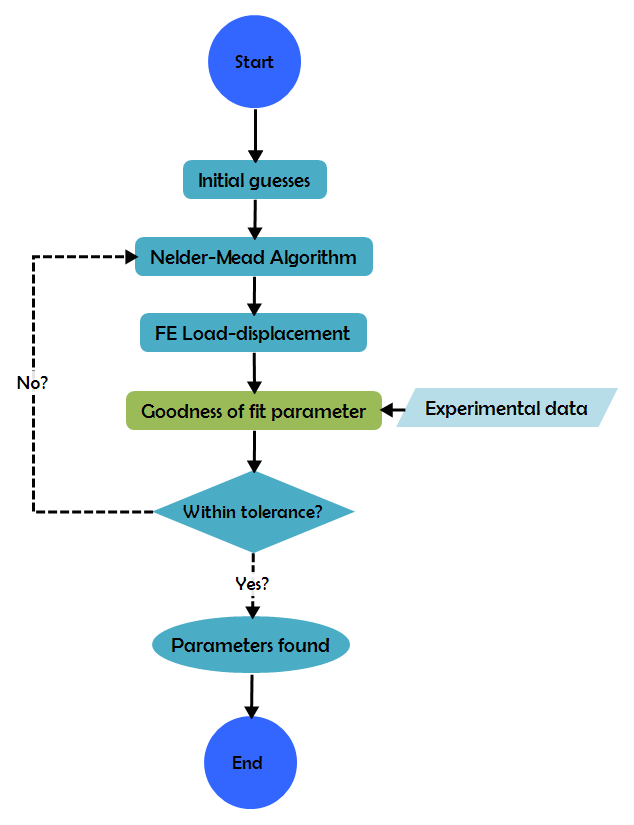Biography
About Fernando
Fernando is Brazilian from Coremas, State of Paraíba. He graduated in Mechanical Engineering at the Federal University of Campina Grande (UFCG) in 2012, where he carried on his MSc in Mechanical Engineering, finished in 2014.
He's been working mainly with smart materials and structures, manufacturing and thermomechanical characterisation of Shape Memory Alloys (SMA) since 2008. He joined the Composite and Coatings Group in February 2015, when he started his PhD project. Speaks English, Spanish and Portuguese (native).
PhD Summary
Extraction of Superelastic Parameter Values from Instrumented Indentation Data
Interest in superelastic (and shape memory) materials continues to rise and there is a strong incentive to develop techniques for monitoring of their superelastic characteristics. This is conventionally done via uniaxial testing (Fig.1), but there are many advantages to having a capability for obtaining these characteristics (in the form of parameter values in a constitutive law) via indentation testing (Fig.2).
Figure 1. An averaged experimental stress-strain curve from uniaxial compression, together with fitted values for 7 of the parameters required for input into the ABAQUS FEM model for SE deformation.
Figure 2. Representative (averaged) load-displacement plots obtained during indentation in axial and radial directions.
Specimens can then be small, require minimal preparation and be obtainable from components in service. Interrogation of small volumes also allows mapping of properties over a surface. On the other hand, the tested volume must be large enough for its response to be representative of behaviour (Fig.3).

Figure 3. Outcomes of FEM simulation of the indentation process, obtained using ABAQUS with the set of input parameters shown in Fig.5, for an applied load of 155 N and a sphere radius of 2 mm. Fields are shown for the (a) von Mises stress for both sample and spherical indenter, (b) von Mises stress for the sample (only), (c) local volume fraction transformed to martensite and (d) total strain.
Exactly the same arguments apply to more “mainstream” mechanical properties, such as yielding and work hardening characteristics. Indeed, there has been considerable progress in that area recently, using FEM simulation to predict indentation outcomes, evaluating the “goodness of fit” for particular sets of parameter values and converging on a best-fit combination. The algorithm works as shown in Fig.4.

Figure 4. Flowchart of convergence algorithm for parameter search.
A similar approach can be used to obtain superelasticity parameters, but little work has been done hitherto on sensitivities, uniqueness characteristics or optimal methodologies and the procedures are complicated by limitations to the constitutive laws in current use. The current work presents a comprehensive examination of the issues involved, using experimental (uniaxial and indentation) data for a NiTi shape memory alloy. It was found that it is possible to obtain the superelasticity parameters using a single indenter shape (spherical). Information is also presented on sensitivities and the probable reliability of superelasticity parameters obtained in this way for an unknown material.
Interests
Material Properties, Mechanical Testing, Indentation, Finite Element Modelling
Publications
Extraction of Superelasticity Parameter Values from Instrumented Indentation via Iterative FEM Modelling (under review)



